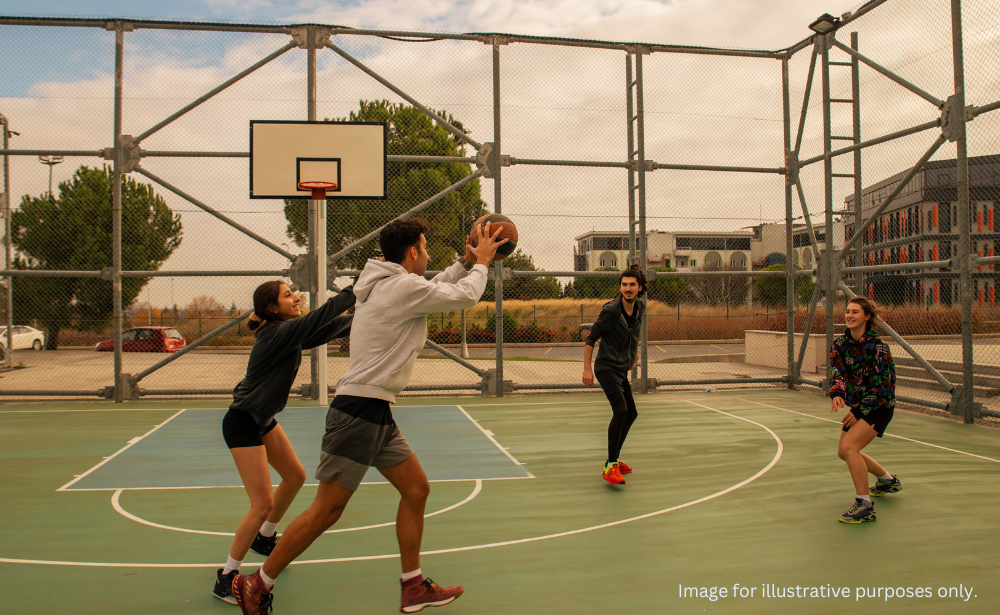A recent study by Zhang Die Die from Liming Vocational University, China, and Sheiladevi Sukumaran from the Faculty of Education, Language, Psychology, and Music at SEGi University, Malaysia, has demonstrated the efficacy of visual training in enhancing tennis performance. Published in the Annals of Applied Sport Science (2024, Volume 12 – Spring Supplementary), the research highlights the significant role of dynamic vision exercises in improving athletic skills.
The study aimed to investigate the impact of an 8-week visual training programme on tennis performance and explore the correlation between visual training and tennis skill enhancement.
Fifty participants engaged in dynamic vision exercises using the Sensory Station Training Application and practised tennis hitting while wearing dynamic vision training devices. The training focused on real tennis scenarios, targeting critical visual skills necessary for competitive play, such as hand-eye coordination and reaction time.
The research revealed notable improvements among participants in the experimental group:
- ITN (International Tennis Number) average score increased by 40.80 points, reflecting a significant enhancement in tennis performance.
- Dynamic visual acuity showed substantial improvements, particularly in:
- Hand-eye coordination (Cohen’s d=1.26)
- Reaction time (Cohen’s d=1.71)
- GO/NO GO tasks (Cohen’s d=3.11)
- No significant changes were observed in static visual acuity, including visual clarity (Cohen’s d=0.05) and perception span (Cohen’s d=0.08).
These findings underscore the effectiveness of dynamic vision exercises in boosting performance, especially in high-speed, high-focus scenarios.
The study contextualised its findings by comparing them to prior research in sports such as badminton, baseball, table tennis, and football, all of which demonstrated similar benefits of visual training. This research provides a framework for integrating dynamic vision training into university sports courses to enhance physical education and skill development in athletes.
This initiative aligns with the United Nations Sustainable Development Goals (SDGs), specifically:
- SDG 3: Good Health and Well-Being
- SDG 4: Quality Education

